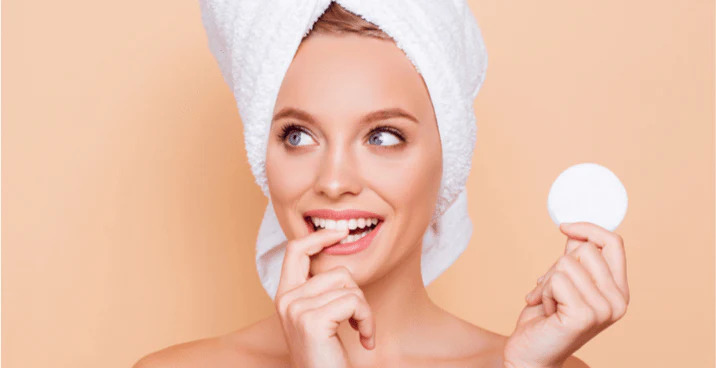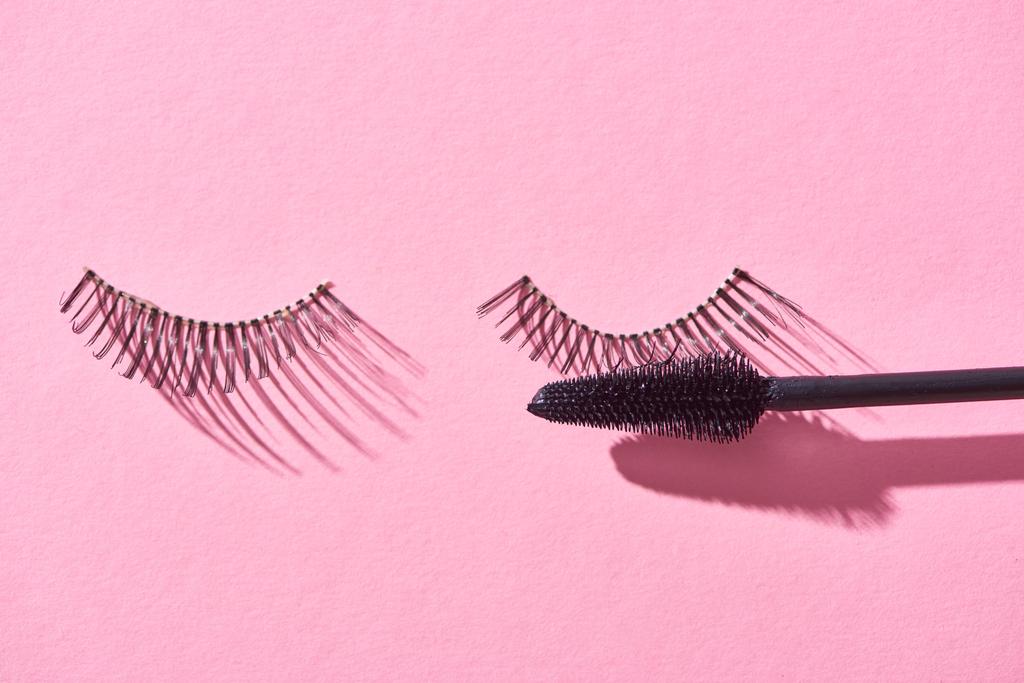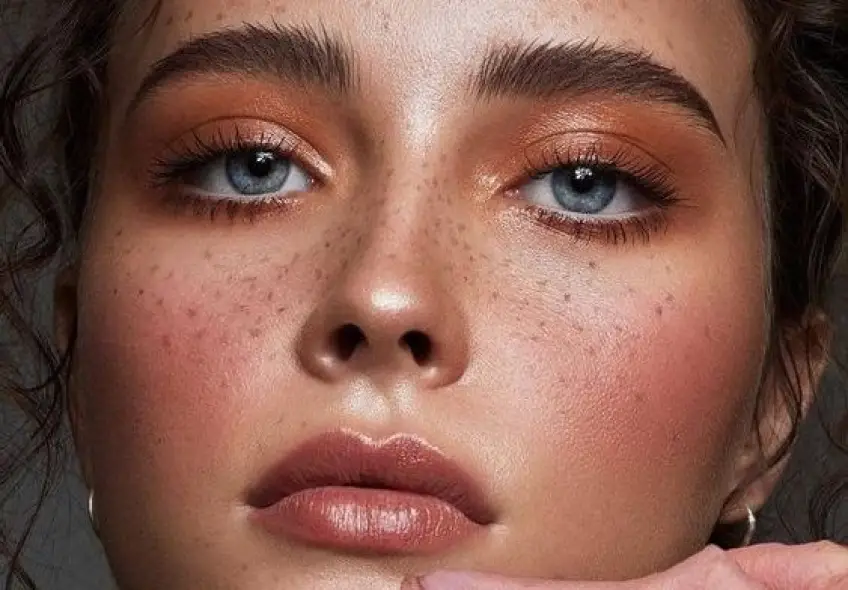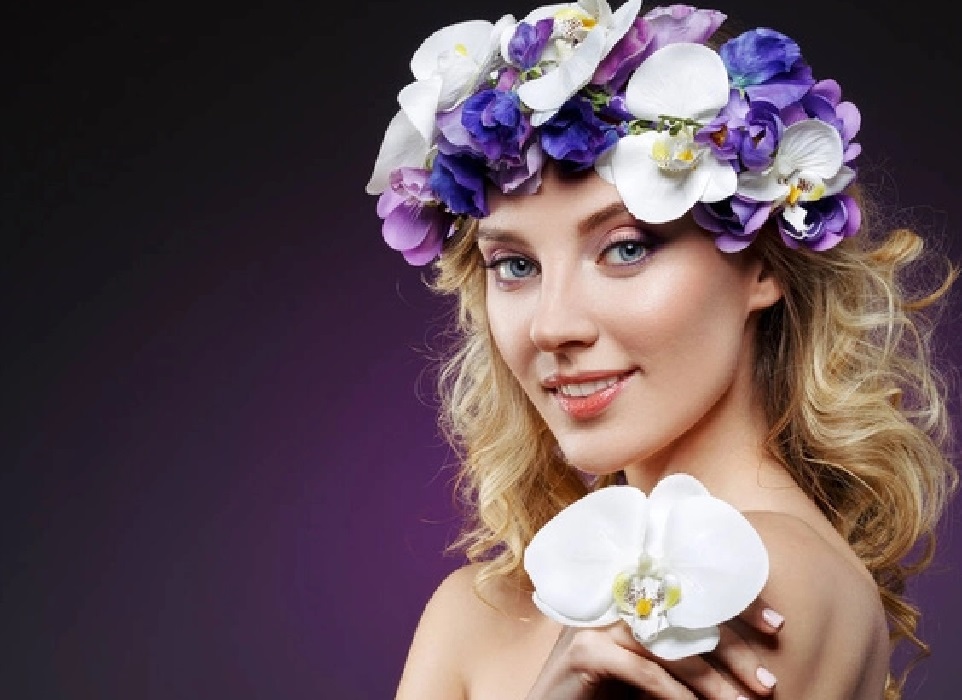Achieving a soft, plump, and healthy look for your lips is paramount, necessitating the removal of dead skin cells to unveil the underlying smooth texture. This practice not only refines the feel and look of your lips but also maximizes the absorption and effectiveness of lip care products. Our discussion will cover the essentials for attaining perfectly exfoliated lips, including its significance, correct methods, and the finest products and techniques for superior outcomes.
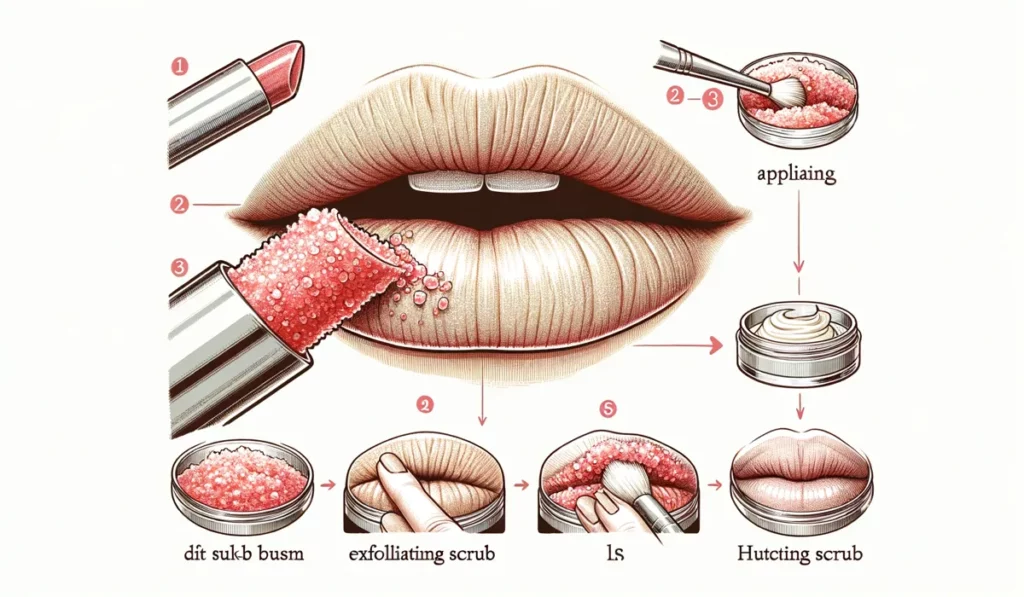
The Essence of Lip Exfoliation
Far from being merely cosmetic, lip exfoliation is a critical health regimen. Given their constant exposure to environmental factors like the sun, wind, and cold, lips are susceptible to dryness and peeling. The absence of oil glands in the lips means they lack natural moisturization, a gap filled by the benefits of exfoliation, which facilitates dead skin removal and encourages cellular renewal.
The Underlying Science of Lip Exfoliation
The principle of lip exfoliation lies in the gentle removal of dead surface cells, averting dryness and promoting a richer blood supply for a fuller and more radiant appearance. Consistent exfoliation also wards off early signs of aging around the lips.
Selecting an Appropriate Lip Exfoliator
The choice of lip exfoliator should be informed by your skin type and sensitivities, ranging from homemade concoctions to commercial exfoliating balms. Ingredients such as sugar, honey, and coconut oil are mild yet effective, matching the performance of many off-the-shelf products.
Homemade Lip Exfoliation Solutions
Crafting your lip scrub is straightforward, allowing for personalization. A basic mix of sugar, coconut oil, and honey offers a hydrating and exfoliating solution, nourishing the lips alongside the removal of dead cells.
A Comprehensive Guide to Lip Exfoliation
The exfoliation process is quick and efficient. Apply a chosen exfoliant to the lips, massage gently in circles, then rinse off with warm water. Seal in moisture immediately afterward with a hydrating balm.
Moisture Retention Post-Exfoliation
Post-exfoliation hydration is vital. Opt for lip balms enriched with shea butter, vitamin E, and hyaluronic acid to maintain moisture and elasticity.
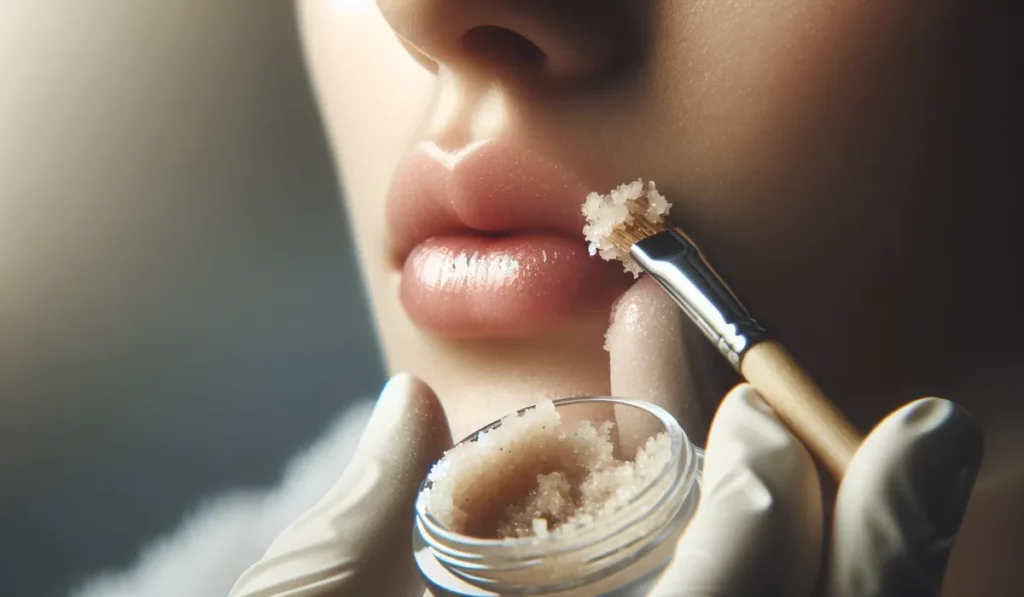
Seasonal Lip Care Adjustments
Adapt your lip care to seasonal changes, increasing exfoliation and hydration during winter and ensuring UV protection during summer.
Mitigating Common Lip Issues Through Exfoliation
Regular exfoliation addresses various lip concerns like discoloration, uneven texture, and aging signs, enhancing both the look and health of your lips through dead skin removal and improved circulation.
Evaluating Lip Exfoliation Merchandise
The vast market selection makes choosing the right product daunting. Base your decision on specific needs and preferences, evaluating ingredients, textures, and consumer reviews.
Achieving Luscious, Healthy Lips
Incorporating lip exfoliation into your skincare routine is crucial for soft, well-maintained lips. By selecting appropriate exfoliators, maintaining hydration, and adjusting care with the seasons, you pave the way for a radiant, healthy smile, transcending mere aesthetics to embody genuine lip care.
- Optimal Exfoliation Frequency:
Typically, 1-2 times weekly suffices, though this varies with skin type and seasonal demands. - Exfoliating Chapped Lips:
Proceed with caution using a gentle exfoliator, followed by a moisturizing balm for healing and protection. - Ingredients to Avoid:
Steer clear of harsh chemicals and coarse particles, favoring natural, soft ingredients. - Exfoliation and Lipstick Application:
Yes, exfoliation smooths the lips, ensuring even lipstick application and enhanced durability. - Necessity of Lip Balm Post-Exfoliation:
Absolutely, to hydrate and shield the fresh skin layer. - Lip Exfoliation Benefits for Men:
Yes, it’s equally advantageous for anyone seeking soft, healthy lips, irrespective of gender.

